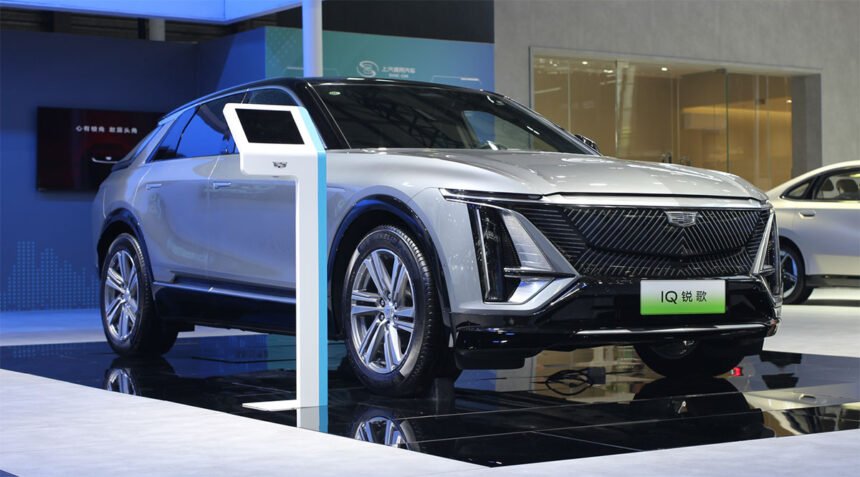China’s new energy vehicle (NEV) sales have shown a mixed performance in the first half of April, according to data released by the China Passenger Car Association (CPCA). Retail sales of passenger NEVs in China reached 275,000 units from April 1-13, which was a 15 percent increase from the same period last year. However, this figure was 17 percent lower than the previous month, indicating a slight decline in consumer demand.
The CPCA attributed this decline in consumer sentiment to dramatic changes in the external environment, particularly the imposition of additional tariffs that exceeded expectations. Wholesale sales of China’s passenger NEVs during the same period totaled 307,000 units, up 25 percent from the previous year but down 9 percent from the previous month. Despite this slight downturn, cumulative wholesale sales of passenger NEVs in China for the year stood at 3.156 million units, marking a 41 percent increase from the same period last year.
Overall retail sales of all passenger vehicles in China during the April 1-13 period were 515,000 units, representing an 8 percent year-on-year increase. However, this figure was 14 percent lower than the previous month. Cumulative retail sales of all passenger cars in China for the year totaled 5.642 million units, reflecting a 6 percent increase from the previous year.
The penetration of NEVs in China’s retail market stood at 53.40 percent from April 1-13 and 47.77 percent year-to-date. In the first week of April (April 1-6), average daily passenger car retail sales were 34,918 units, while in the second week (April 7-13), this figure increased to 43,704 units. Wholesale sales of all passenger cars in China during the same period totaled 577,000 units, up 17 percent year-on-year but down 14 percent from the previous month.
The CPCA’s data highlights the ongoing challenges facing the NEV market in China, with external factors impacting consumer sentiment and sales performance. Despite these obstacles, the industry remains resilient, with continued growth in wholesale and retail sales compared to the previous year. The implementation of trade-in subsidies by regions like Shanghai to spur consumption also indicates efforts to support the market and encourage sustainable growth in the NEV sector.






